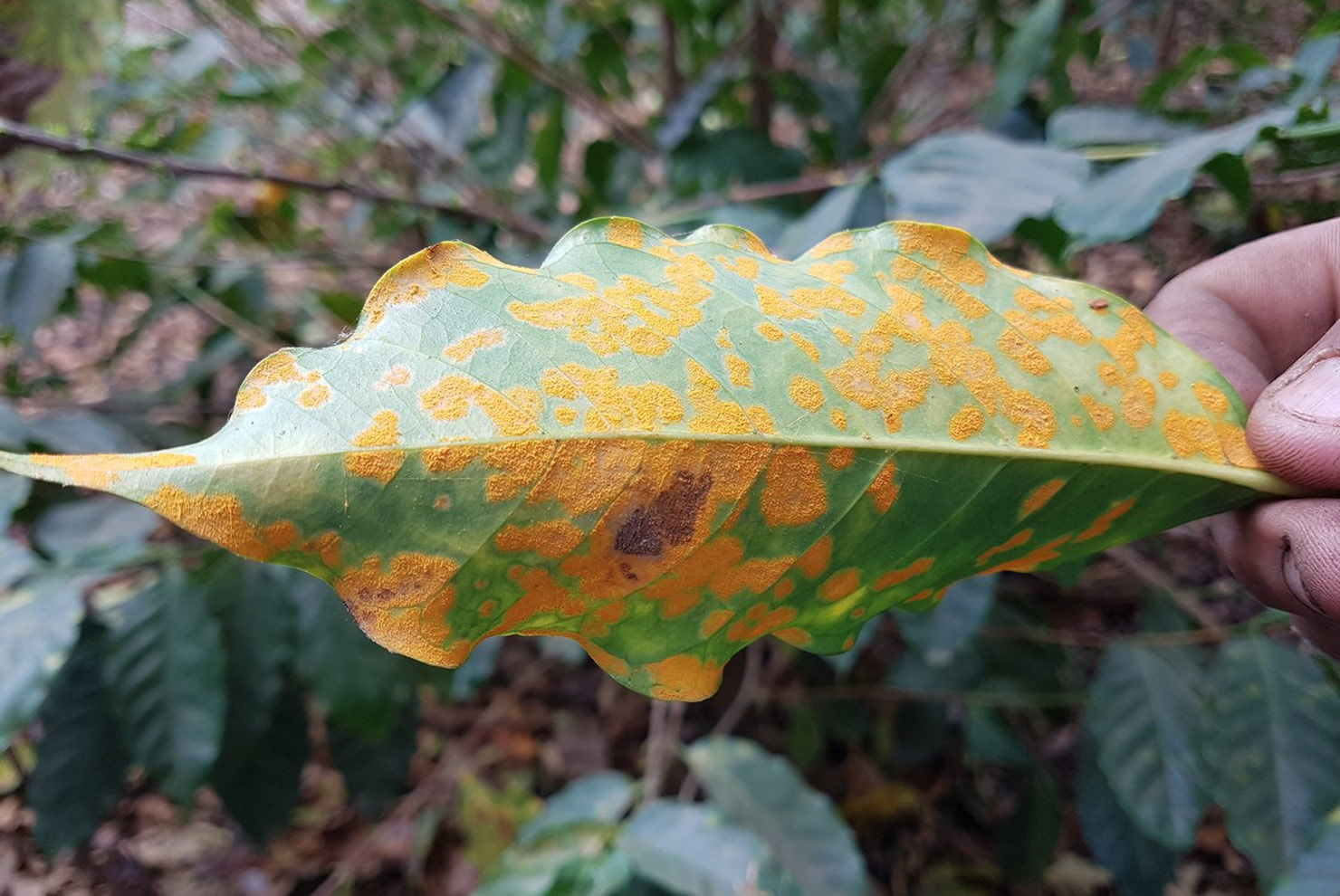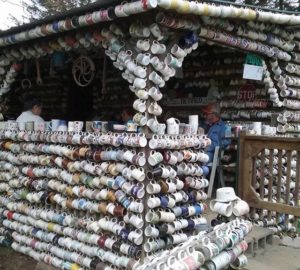Coffee leaf rust is threatening to spike again. The devastating fungus found in every coffee-producing country worldwide ruining significant portions of a farm’s harvest posed one of the largest threats to coffee, leading many in the industry to seek out or hybridize new rust-resistant trees in hopes of curbing its effects. But now, the Colombian coffee federation has announced the discovery of nine new “more aggressive” variants of leaf rust-causing fungus.
As reported by Reuters, coffee leaf rust, or roya, is caused by Hemelia vastatrix, a fungus that affects the leaves of the coffee tree, inhibiting its ability to produce fruit. It was first discovered in Colombia in 1983, and since then, Cenicafe—the National Center for Investigations of Coffee—has uncovered a total of 22 different variants of the fungus.
The extant varieties of coffee leaf rust have the ability to destroy up to 80% of a total crop in “susceptible plant varieties” if not dealt with swiftly. With nearly four decades of mitigating the deadly disease, Colombia’s crop makeup consists of 84% rust-resistant varieties. Even still, resistance is not immunity, with an average of around 6% total loss in crops in resistant varieties, which is down considerably from the 20% average loss in susceptible varieties but still a significant loss all the same.
How the rust-resistant varieties will fare against the more aggressive strains of coffee leaf rust is unclear. The discovery has led Cenicafe general director Roberto Velez to “call on coffee producers to build or renew their crops with resistant varieties, using certified seeds.”
For more on the new variants, read the full story on Reuters.
Top image via World Coffee Research.
Zac Cadwalader is the managing editor at Sprudge Media Network and a staff writer based in Dallas. Read more Zac Cadwalader on Sprudge.



































